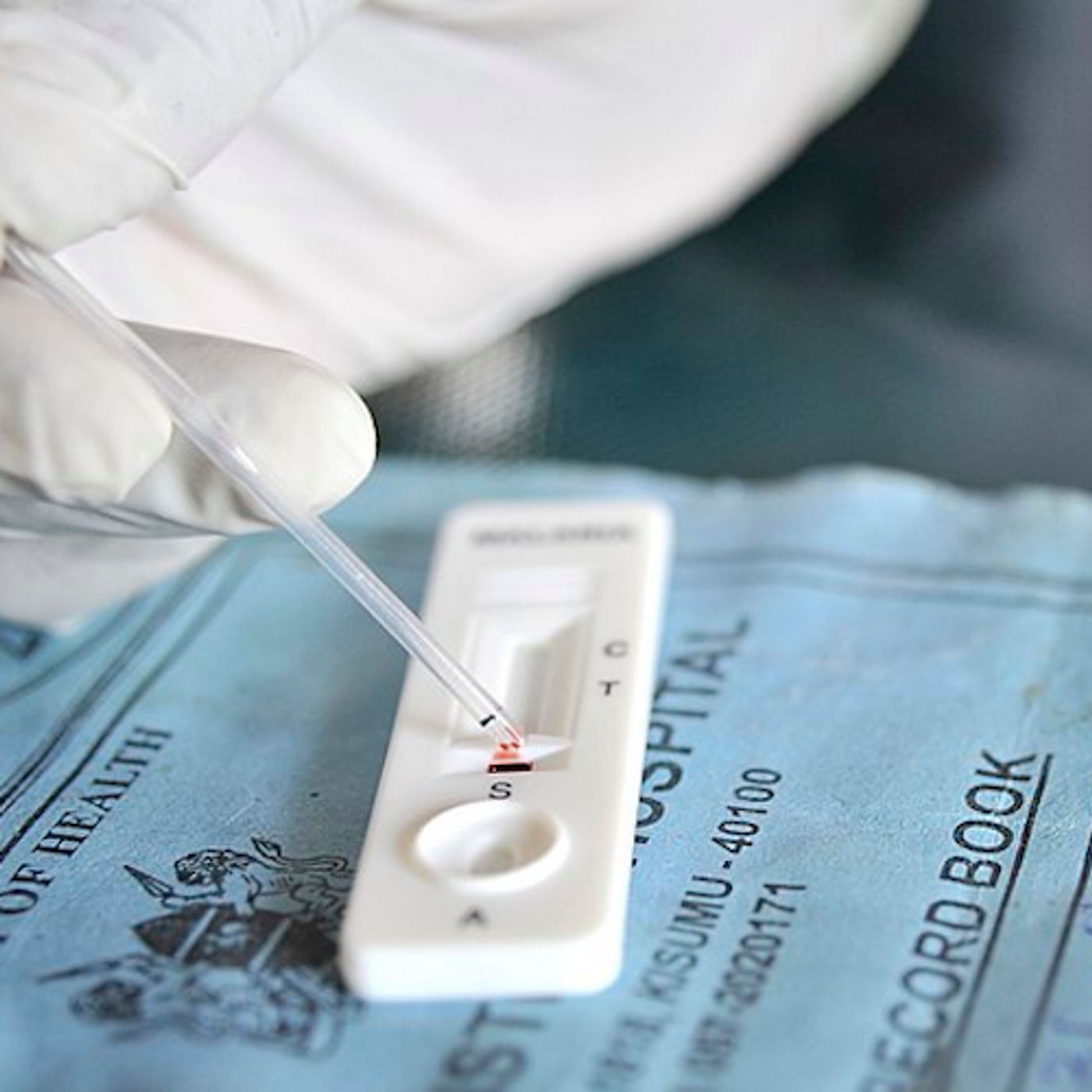Scientists Made a Nanowire Device for Disease Detection
Cells have their ways of communicating with one another, often through some kind of chemical messenger. One way those messages travel is by using structures called extracellular vesicles (EVs), which are commonly known modes of cellular transport. Now, researchers at Nagoya University developed a device that is highly efficient at capturing these vesicles for use in cancer detection. Reporting in Science Advances, the researchers are aiming to exploit EVs as diagnostic indicators.
"EVs are potentially useful as clinical markers. The composition of the molecules contained in an EV may provide a diagnostic signature for certain diseases," explained the lead author of the work, Takao Yasui. "The ongoing challenge for physicians in any field is to find a non-invasive diagnostic tool that allows them to monitor their patients on a regular basis--for example, a simple urine test."
EVs have been found to contain many different molecules, including microRNAs. These tiny bits of ribonucleic acid have a variety of important roles in the cell. These microRNAs have also been linked to diseases, and their presence could be a sign of a serious health disorder. However, there are still some technical limitations that have to be overcome before this device can be used to diagnose cancer. Firstly, they have to be efficient enough that sufficient quantities of EVs are captured such that a reliable assessment can be made for patients.
"The content of EVs in urine is extremely low, at less than 0.01% of the total fluid volume. This is a major barrier to their diagnostic utility," Yasui noted. "Our solution was to embed zinc oxide nanowires into a specialized polymer to create a material that we believed would be highly efficient at capturing these vesicles. Our findings suggest that the device is indeed quite efficient. We obtained a collection rate of over 99%, surpassing ultracentrifugation as well as other methods that are currently being used in the field."
The investigators wanted to see how useful their device was. They used it to isolate EVs captured from patients diagnosed with prostate, bladder, and other kinds of cancer, as well as EVs from healthy people. Only one milliliter of urine was needed; it found a larger number as well as a bigger variety of microRNAs than the typical process, which uses ultracentrifugation, does. The video below explains the work.
"Finding a specific, reproducible marker to help confirm a cancer diagnosis is difficult. This is especially true for microRNAs, which are a relatively new class of markers in the field," co-author Yoshinobu Baba explained. "Sometimes finding just one reliable microRNA is considered a success. Using this approach, we were surprised to find that not just one, but whole combinations of microRNAs might be associated with different types of cancers. The findings are preliminary, of course, but we hope our device can help to lay the groundwork for easier ways to diagnose life-threatening diseases as early as possible."
Sources: AAAS/Eurekalert! Via Nagoya University, Science Advances









